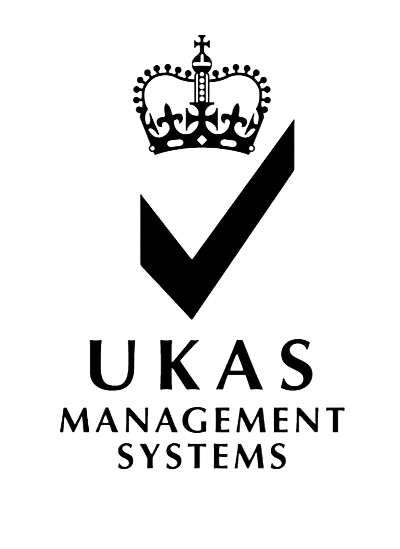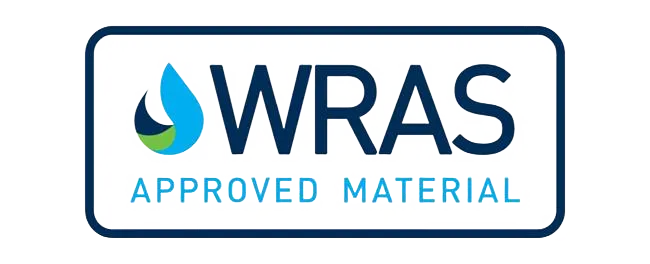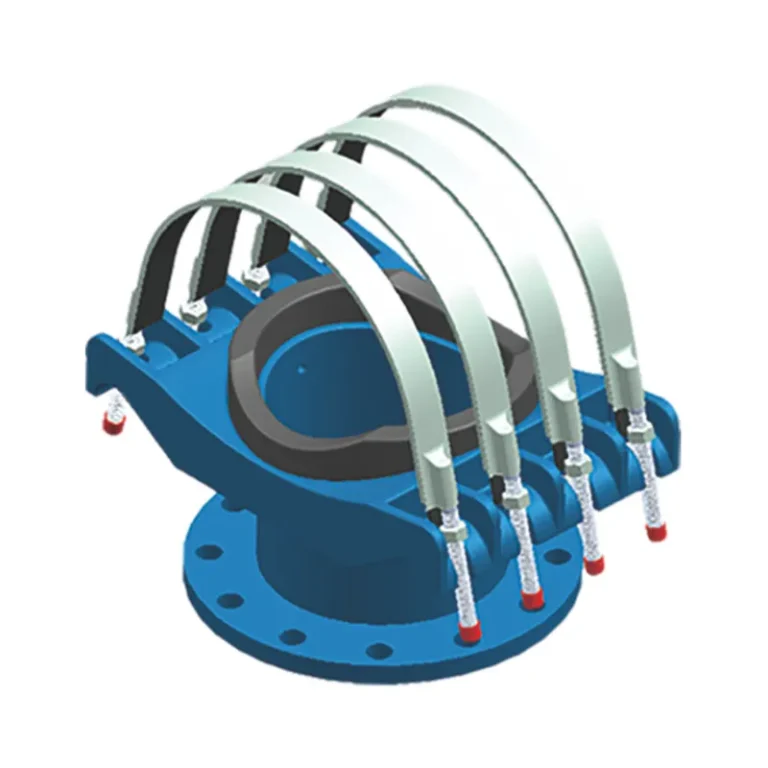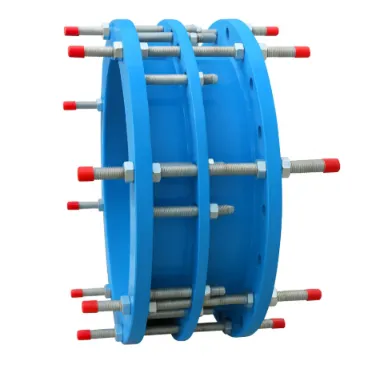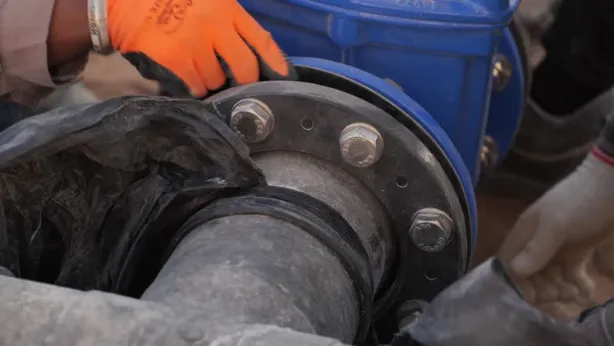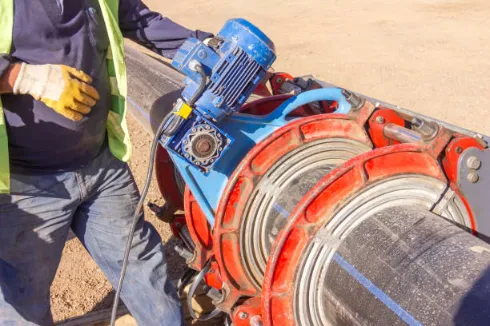Half collars play a key role in mechanical and piping systems. They secure pipes and joints against movement and stress. This post dives into the main question: Elbow Half Collar or Straight Half Collar? Which fits your setup best? Engineers, designers, and installers can use this guide to pick wisely and avoid costly mistakes.
What is a Half Collar?
Definition and Basic Structure
A half collar features a C shaped design that clamps around pipes. It splits into two halves, bolted together for a tight grip. Common materials include steel for strength, carbon steel for durability, and ductile iron for flexibility under load. These collars handle vibration and alignment issues in industrial setups. Think of them as simple clamps that prevent slippage without full encasement.
Half Collar vs Full Collar
Half collars win on ease of installation. You slide them on without disconnecting the line, unlike full collars that need full access. They’re lighter too, cutting down on weight in overhead systems. Adjustability stands out; tighten bolts to fine tune fit. Full collars suit permanent, high load spots where removal isn’t an option. Half versions shine in maintenance heavy environments, like refineries or assembly lines. Scenarios differ: half for quick fixes, full for rigid lockdown.
Straight Half Collars
Structure and Features
Straight half collars form a basic C shape for straight pipes. They provide solid support and precise positioning. Bolts secure the halves, distributing load evenly along the straight axis. No curves here, just reliable hold for linear paths.
Common Applications
These collars excel in shaft positioning for linear motion systems. Pipelines use them to brace straight runs and hold valves steady. High precision assembly lines rely on them to maintain alignment. In conveyor setups, they keep belts tracking true.
Advantages and Limitations
Installation is straightforward. Slip it on, bolt tight, done. They adjust easily for long straight pipes, handling axial loads well. But limitations hit at bends. Force concentrates poorly on curved sections, risking cracks or shifts. Straight collars work best where paths stay linear. I’ve seen them fail prematurely in slightly angled pipes, a reminder to match the tool to the task.
Elbow Half Collars
Structure and Features
Elbow half collars wrap around pipe bends, like 45° or 90° elbows. Their shape follows the curve, offering targeted support in angled zones. This design counters the weak points where straight collars falter, bolstering the bend against torque.
Common Applications
Pipeline bends get reinforcement from these. They prevent stress buildup at elbows and stop axial shifts in flowing systems. In HVAC or chemical plants, they secure turns under pressure, reducing leaks.
Advantages and Limitations
Strength lies in bend support and stress spread. They disperse forces that straight collars can’t, extending pipe life. Installation takes more care, aligning to the angle just right. They’re angle specific, so stock varies. Not ideal for straight runs; overkill there. Complex setups demand them, but simpler jobs skip the hassle.
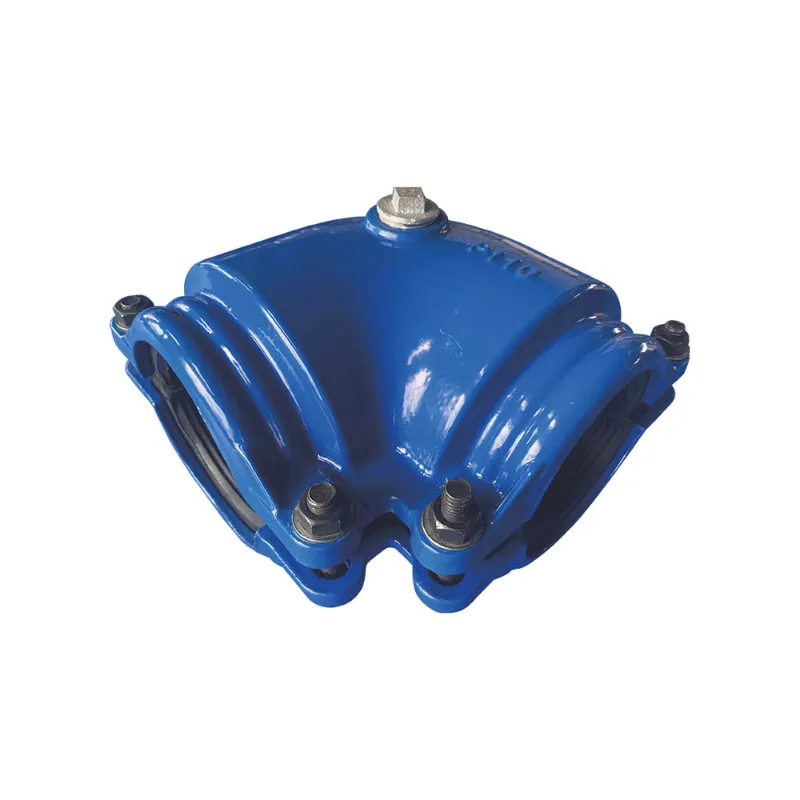
Comparing Elbow and Straight Half Collars
Application Scenarios
Straight half collars suit linear pipes under uniform loads. Elbow versions handle curved paths, vital in tight spaces with directional changes. Load types matter: straight for tension along the line, elbow for shear at bends. Pressure ratings align with pipe specs, but environments shift choices. High vibration spots favor robust steel elbows; corrosive areas need coated straights. Pick based on flow path. Straight pipes? Go straight collar. Bends? Elbow every time.
O'rnatish va texnik xizmat ko'rsatish
Straight collars install faster. Align, bolt, torque to spec. Elbows require precise fitting to the bend angle, adding steps. Use torque wrenches for both to avoid over tightening. Maintenance involves checking bolts quarterly, especially in humid plants. Looseness leads to wear. Elbows might need angle checks post vibration. Both benefit from anti seize on threads.
Material and Performance Considerations
Steel offers toughness for both, carbon steel adds weldability. Egiluvchan temir flexes without breaking, good for impacts. In high heat zones, stainless variants resist scaling. Wet or corrosive setups demand galvanized or epoxy coated options. Straights perform steadily in mild conditions; elbows shine where bends amplify stress. Test compatibility with pipe materials to dodge galvanic corrosion.
Tips for Choosing the Right Half Collar
Assessing Load and Stress
Evaluate axial versus bending loads first. Straight collars manage pull forces along pipes. Bends demand elbow types to handle torque. Calculate stress via FEA software or charts. Oversized collars add safety margins in dynamic systems.
Considering Pipe or Shaft Material
Match to steel pipes with carbon steel collars for grip. Copper or plastic pipes need softer linings to avoid damage. Stainless pipes pair with like materials. Test fits; mismatches cause slippage.
Best Practices for Long Term Reliability
Use multiple collars for spans over 10 feet. Space them to minimize sag. Inspect bolts and wear during shutdowns. Lubricate threads yearly. In seismic zones, add lock washers.
Xulosa
Elbow half collars target bends with curve specific support, while straight ones secure linear sections efficiently. Core differences boil down to path shape and stress type. Choose by application, load demands, and pipe layout. For quality half collars and piping solutions, check Qo'shin options.
FAQ
Q1: What’s the main difference between elbow and straight half collars?
Elbow collars fit curved pipes at angles like 90°, providing bend support. Straight ones clamp linear sections for axial hold.
Q2: When should I use an elbow half collar?
Opt for elbows in piping with turns, to prevent stress concentration and shifts at joints.
Q3: Are half collars suitable for high pressure systems?
Yes, if rated properly. Match material and size to pressure specs, and torque bolts correctly.
Q4: How do I install a straight half collar?
Slide halves around the pipe, align, and tighten bolts evenly with a torque wrench.
Q5: Can half collars handle corrosive environments?
Choose coated or stainless versions. Regular checks help spot early wear.


